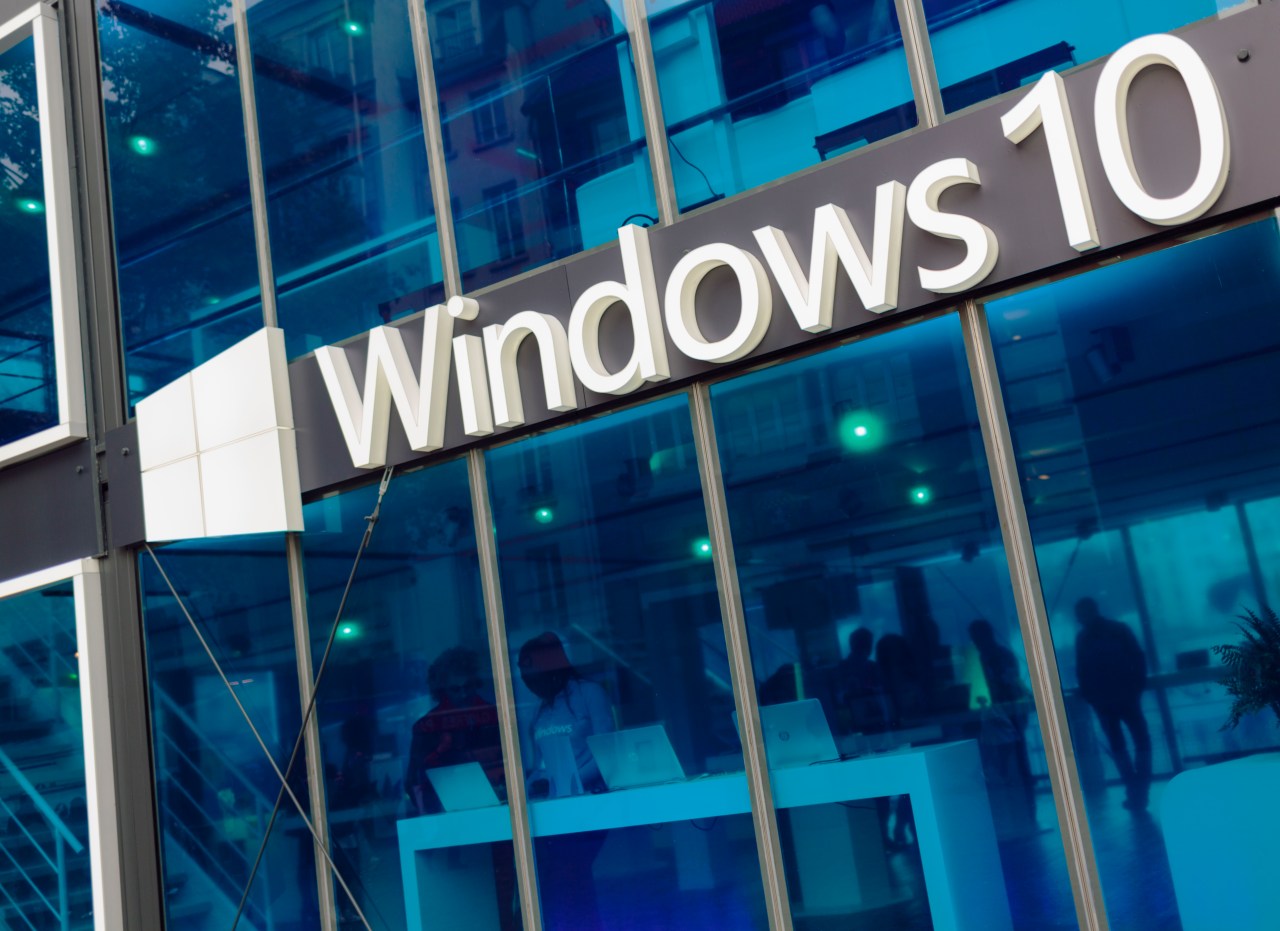In an age where artificial intelligence increasingly drives innovation, Microsoft is making strides to empower developers by seamlessly integrating AI capabilities into desktop applications. Today, we delve into Microsoft’s new AI platform for Windows developers, which promises to significantly enhance the development and deployment of AI models right from the desktop.
Transforming AI Development: A Step Towards Local Integration
The announcement of Microsoft’s AI Platform signifies a pivotal turn in how developers can leverage machine learning models. With this new suite of tools, developers can utilize the computing power of local machines, allowing for real-time executions of models without the dependency on cloud resources. This advance is crucial for enhancing user experience, as it minimizes latency and maximizes data protection through local processing.
The Role of ONNX in Model Conversion
At the heart of this initiative lies ONNX (Open Neural Network Exchange), a collaborative project backed by tech giants like Microsoft, Facebook, and Amazon. ONNX allows for the smooth transition of machine learning models across various frameworks such as Caffe2, PyTorch, and CNTK. This capability empowers developers with versatility, enabling them to harness the strengths of their chosen cloud-based models without extensive recoding or adjustment.
Streamlined Accessibility with Visual Studio
- Visual Studio Integration: The upcoming version of Visual Studio will allow developers to import ONNX files directly into their Universal Windows Platform (UWP) apps. This ensures a user-friendly experience, as the software will automatically generate the model interface, drastically reducing the time and effort required for integration.
- Simplified Model Creation: Utilizing Azure’s Custom Vision Service, developers no longer need profound knowledge of machine learning intricacies. By simply feeding the service tagged training data, developers can create sophisticated image recognition models, which are effortlessly exportable to Windows ML.
Hardware Flexibility: A Tailor-Made Experience
This platform capitalizes on the available hardware resources on any given machine. Users can leverage DirectX 12 graphic cards, central processing units, or future hardware solutions like Intel’s Movidius vision processing units. This versatility not only caters to various performance needs but also ensures that AI applications can run efficiently on different devices without compromising functionality.
The Cost-Efficiency of Desktop Processing
Perhaps one of the most compelling reasons for developers to adopt this new platform is the impressive cost-efficiency it offers. By executing models locally, developers can circumvent significant cloud costs associated with data transmission and model execution. The resulting loss of latency, coupled with enhanced privacy measures, builds consumer trust—an essential factor in today’s data-driven landscape.
Conclusion: The Future of AI on Your Desktop
As Microsoft continues to push boundaries in AI development, their latest platform provides an exciting glimpse into the future of desktop applications. With technologies like ONNX and seamless integration capabilities through Visual Studio, developers now have the tools to transform ideas into functioning AI models like never before. This paradigm shift could lead to a renaissance of desktop software infused with intelligent capabilities, empowering innovators worldwide.
At fxis.ai, we believe that such advancements are crucial for the future of AI, as they enable more comprehensive and effective solutions. Our team is continually exploring new methodologies to push the envelope in artificial intelligence, ensuring that our clients benefit from the latest technological innovations.
For more insights, updates, or to collaborate on AI development projects, stay connected with fxis.ai.

